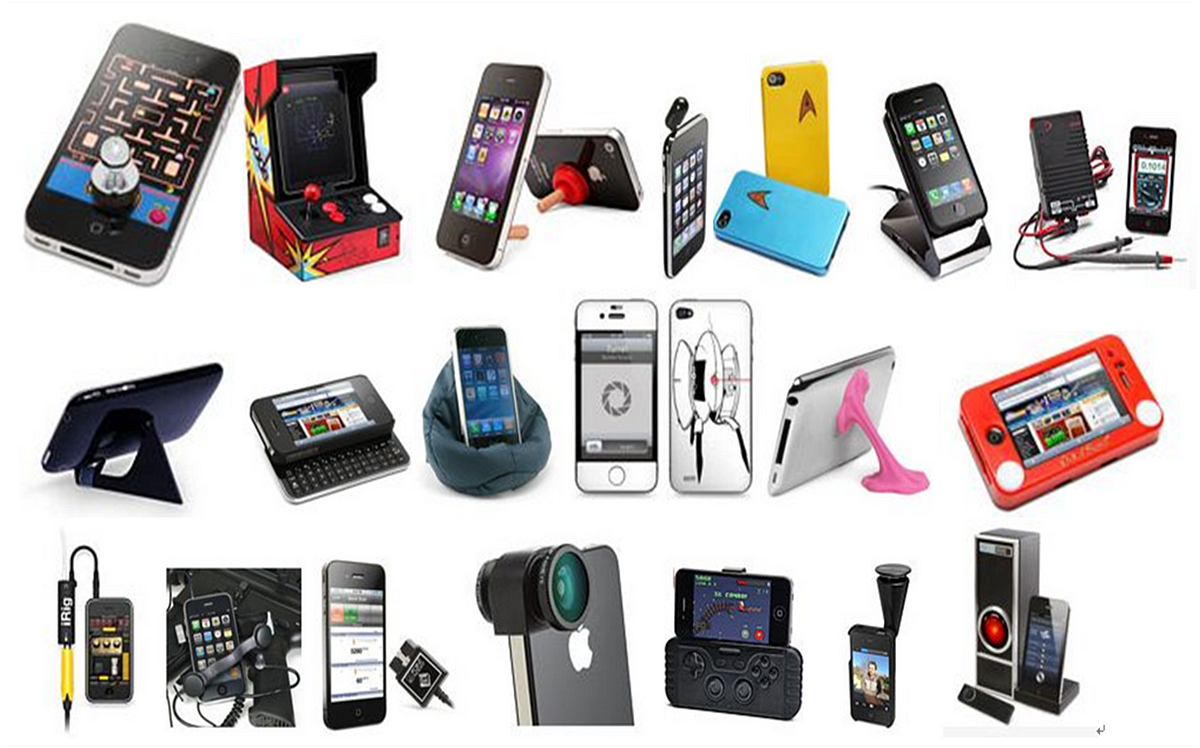The Growth and Innovation in the Asia-Pacific GaN Charger Market: Technological Advancements Leading the Way

Strong 8k brings an ultra-HD IPTV experience to your living room and your pocket.
Introduction
The Asia-Pacific region has become a global hub for the technology industry, and within this ecosystem, the gallium nitride (GaN) charger market is witnessing significant growth. GaN technology, a new-generation semiconductor material, has taken the consumer electronics and charging sectors by storm due to its remarkable efficiency and compactness compared to traditional silicon-based devices. This article explores the rapid development of the Asia-Pacific GaN Charger Market, with a primary focus on technological advancements in GaN technology that are driving growth.
What is GaN Technology?
Gallium Nitride (GaN) is a wide-bandgap semiconductor material that has gained immense attention in recent years, especially in the electronics and power industries. Unlike traditional silicon semiconductors, GaN has superior efficiency, higher thermal conductivity, and the ability to operate at higher frequencies. This makes it ideal for high-power applications, including chargers, power supplies, and electric vehicle (EV) fast chargers. GaN-based chargers are smaller, more energy-efficient, and capable of delivering faster charging speeds, making them the preferred choice for modern consumer electronics.
Technological Advancements in GaN Technology
The Asia-Pacific region has been at the forefront of GaN technology development, with countries like China, Japan, and South Korea leading the charge. Several key technological advancements are propelling GaN chargers into the mainstream market:
1. Miniaturization of GaN Chargers
One of the most notable advancements in GaN charger technology is the reduction in size without compromising performance. GaN enables the production of smaller power electronics by allowing higher energy density. This miniaturization is critical in consumer electronics like smartphones, laptops, and tablets, where portability and lightweight designs are essential. Traditional silicon chargers, which are bulkier due to the need for larger components to manage heat, have been replaced by more compact and efficient GaN alternatives. These chargers can deliver the same or better charging power while occupying a fraction of the space.
2. Enhanced Charging Speed and Efficiency
GaN chargers are not only smaller but also more efficient. They can operate at higher switching frequencies, which results in reduced power loss and increased overall efficiency. These chargers can also support faster charging speeds. For instance, while traditional silicon chargers might take a few hours to fully charge a device, GaN chargers can cut that time down significantly. This rapid development in charging speed is one of the primary drivers of the market, especially as consumers demand quicker ways to charge their devices to meet the needs of their increasingly fast-paced lives.
3. Improved Heat Management
GaN's superior thermal conductivity is a game changer in power electronics. Traditional silicon-based devices tend to generate a lot of heat during operation, which can affect the performance and longevity of chargers. In contrast, GaN chargers produce less heat, allowing for more stable performance over time. This advancement is crucial for consumer electronics and electric vehicles, as overheating can cause malfunctions and reduce the lifespan of both the chargers and the devices they power.
4. Integration of Smart Features
Another technological innovation is the integration of smart features into GaN chargers. Many modern GaN chargers are being equipped with features like smart charging, which automatically adjusts the power output depending on the device being charged. These chargers can also protect against overcharging, overheating, and short circuits, ensuring safety for both the device and the user. Furthermore, the use of artificial intelligence (AI) in GaN chargers is on the rise, helping to optimize charging speed and energy efficiency based on usage patterns.
Market Trends in the Asia-Pacific Region
The GaN charger market in the Asia-Pacific region is expected to witness substantial growth in the coming years, driven by both consumer demand and technological innovations. Several key trends are contributing to the expanding market:
1. Rising Demand for Consumer Electronics
Asia-Pacific is home to some of the world's largest consumer electronics markets, including China, Japan, and South Korea. The demand for smartphones, laptops, wearables, and other portable devices continues to rise in these countries. As these devices require fast, reliable charging solutions, the adoption of GaN chargers is accelerating. Consumers are increasingly opting for GaN chargers as they provide faster charging times and are more compact, aligning with the growing preference for efficiency and portability.
2. Boom in Electric Vehicle (EV) Adoption
Another significant driver of GaN charger adoption in the Asia-Pacific region is the rising adoption of electric vehicles. As the shift towards electric mobility gains momentum, there is a growing need for fast-charging infrastructure, including high-efficiency chargers based on GaN technology. Many countries in the region, including China and Japan, are investing heavily in EV infrastructure, and GaN technology is seen as a critical enabler in providing the fast charging needed for widespread EV adoption.
3. Government Policies and Investments
Several governments in the Asia-Pacific region have introduced policies that promote the adoption of green technologies, including the development and use of GaN-based products. For example, China has made significant investments in research and development (R&D) for wide-bandgap semiconductor technologies like GaN. Additionally, Japan and South Korea have rolled out national initiatives to support the adoption of electric vehicles and related charging infrastructure. These policies not only promote the growth of the GaN charger market but also stimulate further technological advancements.
4. Increased Competition and Innovation
As the GaN charger market expands, the competition between manufacturers in the Asia-Pacific region has increased. Several companies are racing to develop new and improved GaN chargers that can meet the evolving needs of consumers. This competition has resulted in faster product innovation, with new features like multi-port charging, enhanced durability, and energy efficiency being integrated into GaN chargers. The increased competition is also driving down prices, making GaN chargers more accessible to a broader consumer base.
Challenges in the GaN Charger Market
Despite the rapid growth, there are still challenges facing the GaN charger market in Asia-Pacific:
1. High Manufacturing Costs
While GaN technology offers superior performance, the cost of manufacturing GaN-based chargers remains higher compared to traditional silicon-based alternatives. Although prices have been decreasing due to advancements in manufacturing techniques and economies of scale, GaN chargers are still relatively more expensive, which could limit their adoption among cost-sensitive consumers.
2. Market Education
Despite their superior advantages, GaN chargers are still relatively new to many consumers. Education and awareness are key to driving widespread adoption. Manufacturers must invest in educating consumers about the benefits of GaN technology to foster trust and increase demand.
Conclusion
The Asia-Pacific GaN charger market is poised for significant growth, driven by the ongoing advancements in GaN technology. These innovations, including miniaturization, enhanced efficiency, improved heat management, and the integration of smart features, are transforming the way devices are charged and empowering consumers with faster, safer, and more efficient charging solutions. As demand for consumer electronics and electric vehicles continues to grow, the adoption of GaN chargers is expected to accelerate. However, challenges such as high manufacturing costs, supply chain issues, and the need for consumer education must be addressed for the market to fully realize its potential. Nonetheless, with continued technological advancements and increased market competition, the future of the GaN charger market in Asia-Pacific looks promising.
Note: IndiBlogHub features both user-submitted and editorial content. We do not verify third-party contributions. Read our Disclaimer and Privacy Policyfor details.







